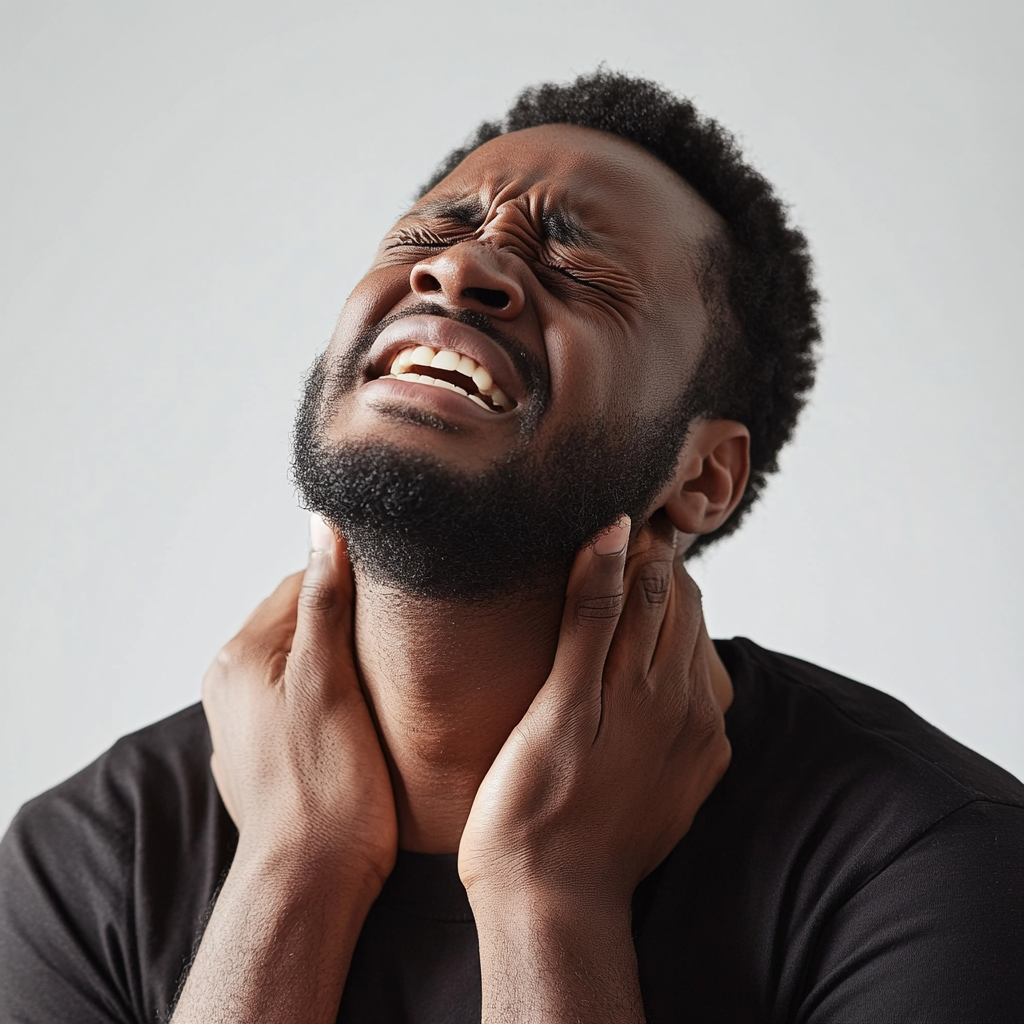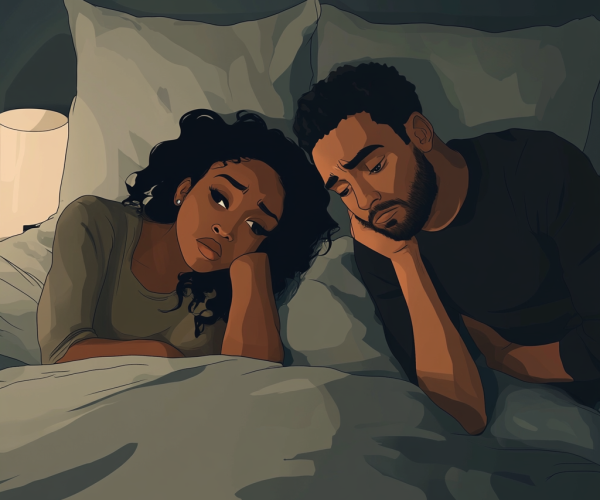Pain Management

What is Pain?
Pain refers to an unpleasant feeling when one suffers from a hurt in one area or all over the body. It could be a burn in the chest, discomfort in the back, leg, shoulder, neck, or ache in any part of the body. You will feel pain when you hit your head, cut yourself, or touch a hot surface.
Whenever you feel pain, it is a result of your nervous system signaling that something might be wrong or damaged. We feel pain in our body when we have fractures, injuries, infections, or fever.
People across the world feel pain, in one way or the other and respond to it differently. Some people can cope with severe pain, or emotional distress more than others. It is however important to know how to manage your pain properly to live a healthy life.
Pain management refers to evaluation, diagnosis, and treatment given to people to help them deal with pain. It is a process of treatment aimed at reducing symptoms of pain.
What are the Types of Pain?
The two main types of pain are:
- Acute pain: It lasts only for a short period before going away as soon as the root cause is treated or cured. It is the type of pain that reduces or stops when healing takes place. Examples include a broken bone or a bruise.
- Chronic pain: This refers to a persistent discomfort that lasts for more than 3 months. The pain can continue even when the disease or injury that caused it is healed. Treatment of chronic pain is more complicated than the acute type. Examples include arthritis, back pain, and neck pain.

In addition to acute and chronic pain, pain is categorized into:
- Nociceptive pain: is caused by tissue damage. It could either be an acute or a chronic pain.
- Neuropathic pain: caused by nerve damage. Neuropathic pain occurs when the nervous system breaks down.
Pain Management Strategies
Pain management involves the use of various strategies to identify and treat the underlying cause of the pain a patient feels. An effective pain management approach allows patients to engage in activities they enjoy with less physical and mental stress.
There are different ways to treat pain. The strategy to be used depends on the individual’s preference, the type of pain, or how severe the pain is. It could be a non-medicine approach or a medicinal approach. They include:
- Physical therapy: It involves engaging in simple physical activities such as walking, or stretching to help relieve pain. In this therapy, caution is needed or the presence of a healthcare assistant to avoid overdoing it. It can be used for conditions such as arthritis, neck pain, back pain, or knee injuries.
- Heat or cold therapy: You can place ice packs after getting an injury to reduce the swelling. Heat packs, on the other hand, are used for muscle injuries and chronic joint pains. It makes the flow of blood increase in the area and relieves pain.

- Acupuncture: This approach is based on traditional Chinese medicine. Acupuncture involves inserting needles into specific areas of the body. It is used to treat neck pain and lower back pain. The approach helps to reduce tension in the areas enabling the individual to feel relief.
- Surgeries: They are recommended in certain cases such as cancer to enable the patient to effectively manage pain.
- Psychological therapy: This includes relaxation techniques, meditation, and cognitive behavioral therapy (CBT). There are psychological strategies that have been used along with physical and drug treatment to assist people cope with pain.
- Cognitive behavioral therapy (CBT) – this type of psychological therapy helps you to change your thoughts and feelings about pain. It helps you to change the unhealthy way of thinking and behaving. This treatment approach is effective for emotional health conditions such as depression and anxiety.
- Medication: Pain medicine helps to reduce fever and inflammation. However, you should talk with a pharmacist or your doctor to ensure you use safe and effective medication.
Medication is the most common and easiest strategy to effectively treat pain.
- OTC medication – Over-the-counter medicines include ibuprofen, paracetamol, aspirin, allergy pills, and eye drops. This type of medication does not require a prescription from a doctor. It is used to treat colds and reduce inflammation and pain from headaches, toothaches, menstrual cramps, etc.
- Prescription medication – You are only able to buy this medication with a healthcare professional’s prescription. It is used to treat cancer, high blood pressure, fever, depression, etc.
These medications can be in the form of tablets, creams, liquids, or injections.
Medication can be used along with non-medicine approaches to help manage chronic conditions better.
If you want your pain to be well managed, it is very important for you to always follow instructions given by your healthcare professional.
Preventive Measures
When taking your medications, take note of the following steps:
- Be cautious when taking over-the-counter pain relievers as well as other medications
- It is wise to consult your healthcare provider about any medication
- Do not take painkillers without a prescription from your doctor when pregnant. Studies have shown that painkillers may harm the fetus or cause poor health for both mothers and babies.
- Do not take more than one over-the-counter drug at a time without talking to a doctor. It is possible to take an overdose without knowing. When taking medicines to treat colds, for example, taking any other medications that contain paracetamol is dangerous.
- Visit your healthcare professional to get appropriate treatment for sports injuries.
- If you have a chronic health issue, for instance, diabetes, or heart disease, speak with your doctor before taking any OTC medications.
- Be careful not to take more than the recommended dose to avoid having side effects. Also, if you are providing care for someone who is elderly, ensure to follow the prescribed dosage. Research studies revealed that older people are more likely to experience more side effects of wrong dosage. For example, daily use of aspirin for chronic pain in adults may cause bleeding stomach ulcers.
Pain can make you feel sad or hopeless. Although managing pain can be difficult, there are safe ways to cure or reduce it. You should communicate with your healthcare professional to determine the most effective pain management plan.

 Browse Categories
Browse Categories 

